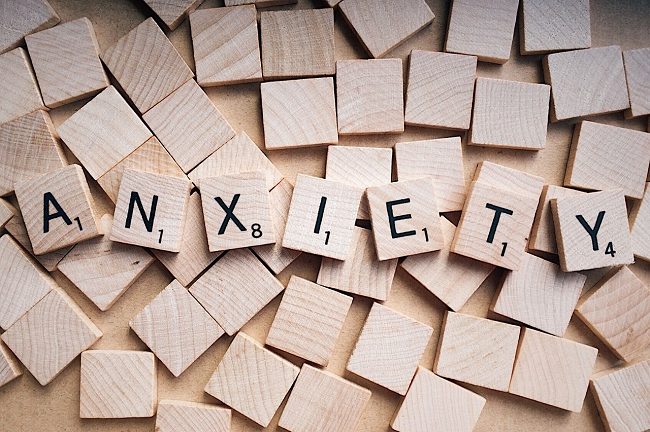 Marla Ahlgrimm describes anxiety as a feeling of nervousness, fear, worry, or unease. Occasional anxiety is a normal part of life and occurs when you are having issues at home, at work, or in your relationships. Feeling anxious is one way that your mind helps you cope with stress. However, sometimes, people feel anxious all the time or in situations that do not warrant a strong emotional response. These people are said to have an anxiety disorder.
Marla Ahlgrimm describes anxiety as a feeling of nervousness, fear, worry, or unease. Occasional anxiety is a normal part of life and occurs when you are having issues at home, at work, or in your relationships. Feeling anxious is one way that your mind helps you cope with stress. However, sometimes, people feel anxious all the time or in situations that do not warrant a strong emotional response. These people are said to have an anxiety disorder.
For someone with an anxiety disorder, the anxiety does not go away and, over time, can become debilitating. In the United States, approximately 40 million adults over the age of 18 are affected, says Marla Ahlgrimm.
Generalized anxiety disorder (GAD)
Generalized anxiety disorders are the most common. Marla Ahlgrimm notes that people with GAD experience excessive anxiety or worry most days for at least six months. They might unnecessarily concern themselves about things such as health, social interactions, work, and everyday life. GAD often occurs with major depression. A few symptoms include:
- Feeling on-edge, wound-up, or restless
- Irritability
- Muscle tension
- Sleeplessness
- Uncontrollable feelings of worry
- Fatigue
- Difficulty concentrating
Panic Disorder
People with panic disorder have repeated panic attacks, which Marla Ahlgrimm likens to attacks of terror, when there isn’t any actual danger. Panic attacks strike quickly and peak within minutes.
During a panic attack, people may experience:
- Feelings of impending doom
- Shortness of breath
- Shaking or trembling
- A pounding heartbeat, accelerated heart rate, or heart palpitations
- Sweating
The worry about having a panic attack can cause significant problems in people with panic disorder.
Phobia-related disorders
Marla Ahlgrimm defines a phobia as extreme or irrational fear or aversion to specific objects or situations. People with a phobia:
- Experience immediate anxiety when faced with the object or situation they fear
- Have irrational or excessive worry over everyday situations
- Take extreme measures to avoid the feared situation or object
Women are more than twice as likely to suffer from an anxiety disorder as men, says Marla Ahlgrimm. Anxiety disorders are regularly treated with medicine, counseling, or a combination of the two. Although anxiety disorders are highly treatable, less than 37% of sufferers receive treatment.













 Marla Ahlgrimm has co-authored two ground-breaking books,
Marla Ahlgrimm has co-authored two ground-breaking books,